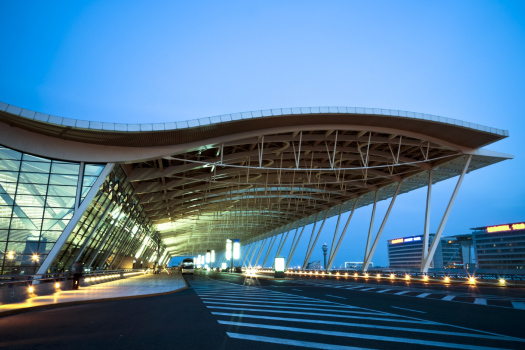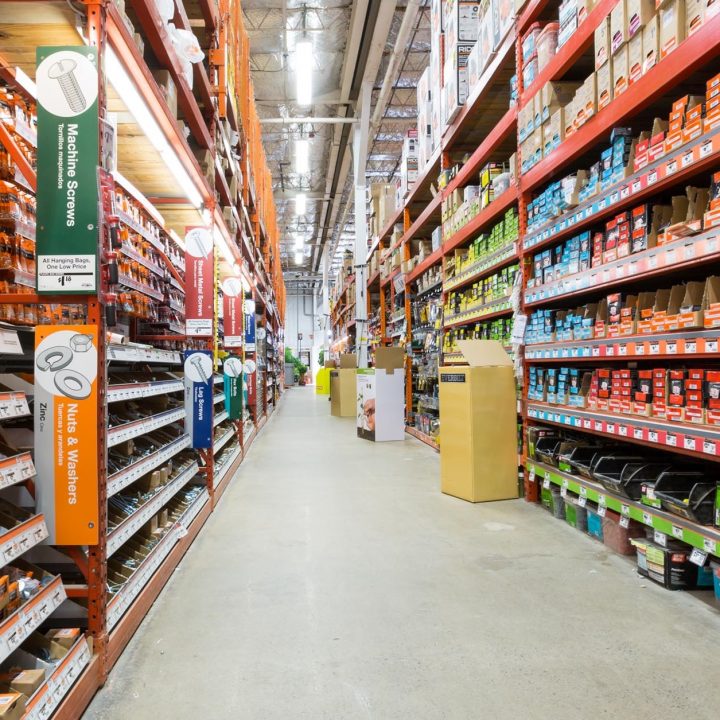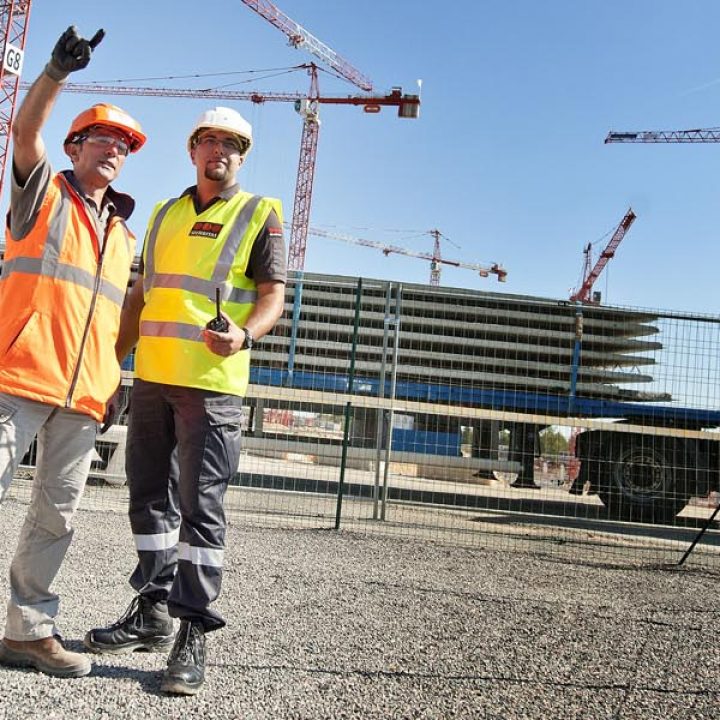India ranks as the third largest contributor to global GDP in terms of PPP ranking, only behind US and China.
India’s economic growth slacked during the past three years due to international slowdown and domestic problems. However during next five years it’s GDP is expected to grow in 6-8 % range. Large-scale infrastructure expansion plans for 12th five year plan (2012-17) and raising per capita steel consumption in India promises unprecedented growth potential of Indian steel industry during next 10 years.
The prime growth drivers of steel demand are expected to come from Construction & Infrastructure, and Housing & Real Estate. More importantly, to improve the speed and efficiency of project execution architects and designers are adopting new materials & practices, and doing away with conventional methods.
One of the fastest way to construct infrastructural projects, like hangars, commercial buildings, industrial units, etc. and small housing components like garage, portico, shelter, etc. are by using tubular construction materials.
The advantages of tubular construction solutions are:
Aesthetic Value & Experimentation
Modern architecture around the world is full of examples showing how steel has been used to realize architectural projects that give pleasing aesthetic results, where the impression of “lightness”, typical of steel structures, is fundamental.
The resistance properties, compression, traction and buckling capacity of steel, combined with the use of various materials, allow for almost limitless forms, colors, uses and sizes, making the grandest design ideas possible. Celebrated international architects make use of steel to produce structures with great architectural impact.
Eco-Sustainable Design
Structural tubes avoid huge consumption of cement, sand and other materials that puts pressure on the natural resources and the environment.
Synergy With Other Materials
Steel can be used alongside a wide selection of materials, such as glass, wood, aluminum and concrete. Thanks to these mixed structures the various features of these materials can be exploited, producing a wide variety of architecture.
Building Lightness
Using high strength steel in construction permits an elevated load capacity and height, producing outstanding light structures.
Fast Planning And Assembly
Thanks to the use of innovative design technology, like CAD/CAM, structures can be designed with extreme accuracy and relative speed, improving the time taken to execute a project. Industrial prefabrication makes for easy, quick assembly on the building site.
Greater Seismic Resistance
Steel frames possess greater ductility and can bear severe deformation without compromising the integrity of the structure.
Many examples in the past have demonstrated how superior a steel frame is with respect reinforced concrete, due to the capacity of steel to absorb and discharge seismic waves.






